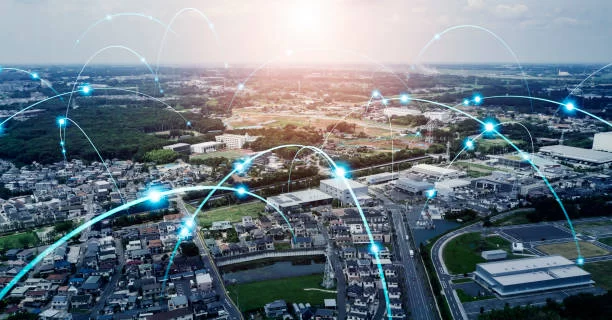Microgrid Energy Solutions: Revolutionizing the Energy Landscape
In the contemporary world, the quest for reliable, sustainable, and efficient energy solutions has become more crucial than ever. One of the innovative answers to this challenge lies in microgrid energy solutions, which are transforming the way we generate, distribute, and consume electricity.

A microgrid is a localized energy system that can operate independently of the traditional centralized grid or in coordination with it. It typically integrates a variety of energy sources, including renewable ones like solar, wind, and biomass, as well as conventional sources such as diesel generators or natural gas turbines. The key to the success of a microgrid lies in its ability to balance supply and demand, manage energy storage, and ensure seamless power delivery.
One of the primary advantages of microgrid power solutions is their enhanced reliability. In areas prone to power outages due to natural disasters, grid instability, or remote locations with limited access to the main grid, microgrids offer a lifeline. For instance, after a severe hurricane or earthquake, a microgrid can quickly restore power to critical facilities such as hospitals, emergency shelters, and communication centers. This reliability is achieved through the combination of distributed generation sources and energy storage systems that can immediately step in when the main grid fails.
Renewable energy integration is a significant aspect of microgrid energy solutions. Solar panels and wind turbines can be installed on-site, reducing dependence on fossil fuels and minimizing carbon emissions. This not only contributes to a cleaner environment but also provides a long-term cost-saving advantage. Consider a university campus microgrid that incorporates solar arrays on rooftops and parking lots. During the day, when sunlight is abundant, the solar panels generate electricity that can be used immediately or stored in batteries for later use. This helps the campus reduce its reliance on grid-supplied power and achieve its sustainability goals.
Energy storage plays a vital role in microgrid operation. Batteries, flywheels, or other storage technologies store excess energy when generation exceeds demand and release it when needed. This helps smooth out the intermittent nature of renewable energy sources and ensures a stable power supply. For example, a wind-powered microgrid might store excess energy during high wind periods and use it during calm weather to maintain a consistent power output.
Microgrids also offer increased energy efficiency. By generating electricity closer to the point of consumption, transmission and distribution losses are significantly reduced. Additionally, smart control systems within the microgrid can optimize the operation of generators and loads based on real-time data, maximizing energy utilization. In an industrial park microgrid, energy-intensive processes can be scheduled during times when renewable generation is high and energy costs are low, resulting in substantial savings.
Furthermore, microgrid energy solutions provide opportunities for local energy generation and consumption, promoting community resilience and economic development. Local businesses can invest in microgrid infrastructure, creating jobs and generating revenue. In rural areas, microgrids can enable agricultural operations to have a reliable power supply for irrigation, refrigeration, and processing, boosting productivity and income.
However, like any emerging technology, microgrid energy solutions come with their challenges. The initial investment for setting up a microgrid can be substantial, including the cost of equipment, installation, and grid interconnection. Financing and return on investment models need to be carefully evaluated to make microgrid projects economically viable.
Interoperability and standardization are also issues. Different components of a microgrid, such as generators, storage systems, and control devices, need to work seamlessly together. Establishing common standards and protocols is essential to ensure the smooth integration and operation of microgrid systems.
Regulatory and policy frameworks also need to adapt to support the growth of microgrids. Clear guidelines on grid connection, metering, and compensation for excess energy fed back to the main grid are necessary to encourage the adoption of microgrid technologies.
Despite these challenges, the potential of microgrid energy solutions is immense. As technology continues to advance and costs decrease, microgrids are expected to play an increasingly important role in the future energy landscape. They offer a decentralized, sustainable, and resilient approach to meeting our energy needs, making our power systems more adaptable and reliable.
In conclusion, microgrid energy solutions represent a paradigm shift in the way we think about and manage energy. They combine the best of distributed generation, energy storage, and smart control to provide reliable, clean, and efficient power. With continued research and development, policy support, and industry collaboration, microgrids have the potential to transform not only individual communities and businesses but also entire regions, leading us towards a more sustainable and energy-secure future.
